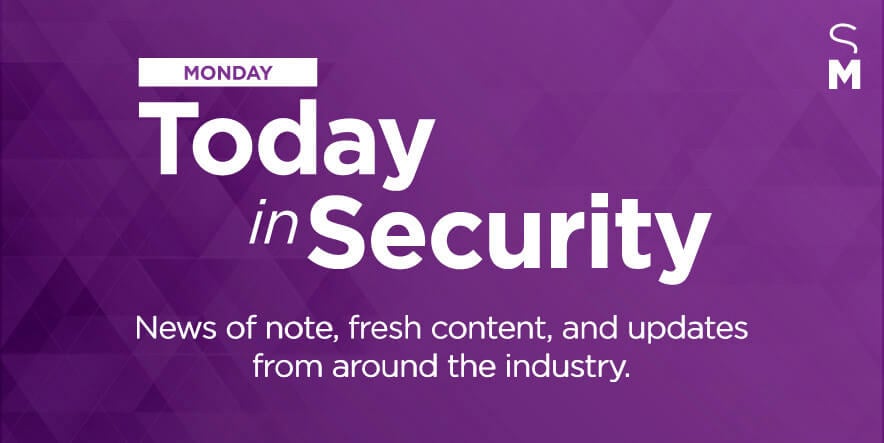Americans Largely Approve of Airport Biometrics for Security
In an effort to improve international traveler screening, U.S. Customs and Border Protection (CBP) is working to increase its use of facial recognition technology. The agency already uses facial recognition at more than a dozen airports in the U.S. and at checkpoints along the U.S.-Mexico border, but plans to expand the program and technology, Nextgov reports.
Currently, the system uses facial recognition to compare real-time images of international travelers to the photos on their passports or visas. By 2021, CBP expects the program to cover more than 97 percent of international travelers.
Despite concerns over privacy and data use, Americans largely approve of the use of biometrics to enhance security. According to the 2019 Unisys Security Index, 81 percent of U.S. air travelers approve of airports and law enforcement officials’ using biometrics for security, reliability, and convenience purposes. Four out of five survey respondents said they are comfortable sharing biometric data at the airport, preferably for safety—42 percent said safety and terrorism prevention causes would convince them to provide biometric data.
According to USA Today, more than 90 percent of people are opting into using a security checkpoint pilot program at the Atlanta airport’s Terminal F, which uses biometric identification at Delta Air Lines’ bag drop to replace the traditional boarding method of showing passports and tickets.
Of the 20 percent of Americans surveyed for the Security Index who said they were unwilling to provide biometric data for air travel, most cited a lack of trust in government (63 percent) or airport authorities (55 percent), or shared concerns that their data would be lost or hacked (52 percent).
Sixteen percent of those travelers who would prefer to not share their biometric data said the technology is less reliable than showing an ID card, and four percent said facial recognition is unlikely to read their race or gender reliably.
However, according to the National Institute of Standards and Technology (NIST), facial recognition software is improving at a rapid pace. Between 2014 and 2018, facial recognition software became 20 times more accurate in searching a database to find a matching photograph, NIST reports. Read more in Security Management.
